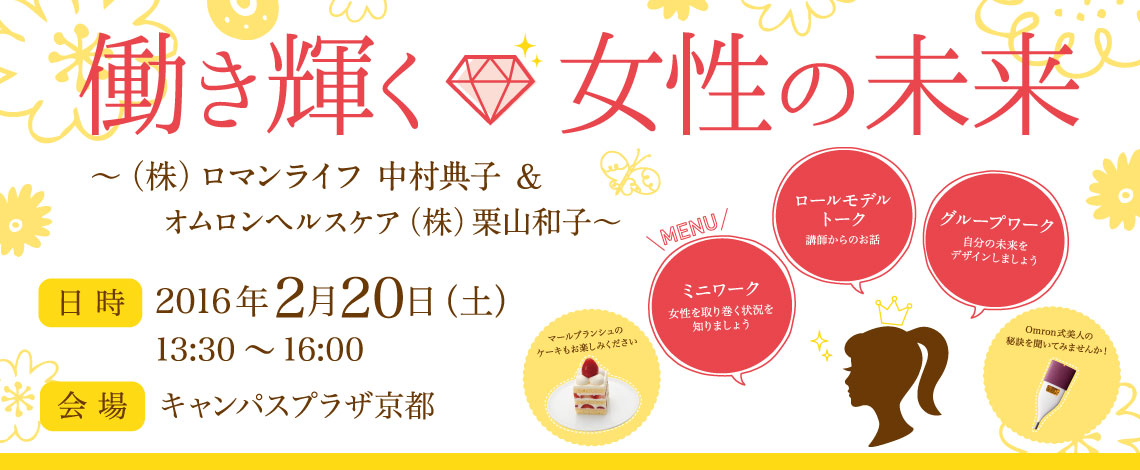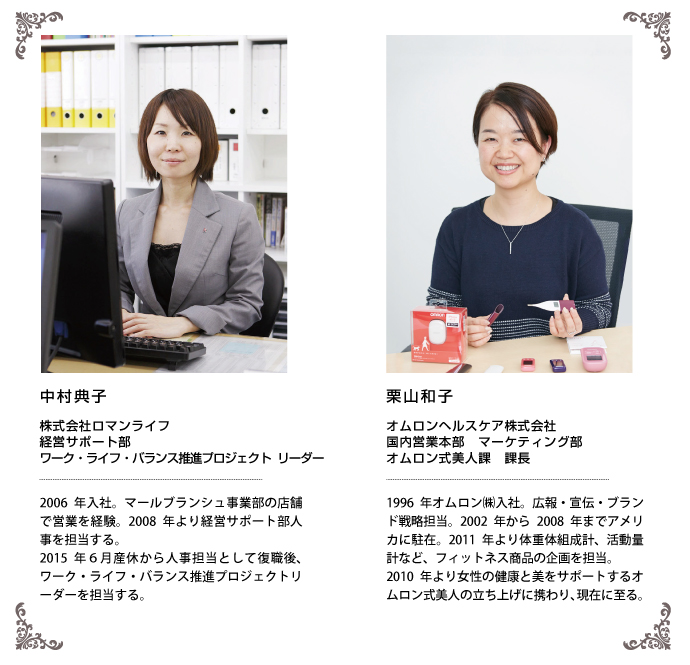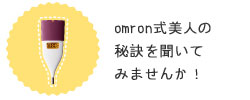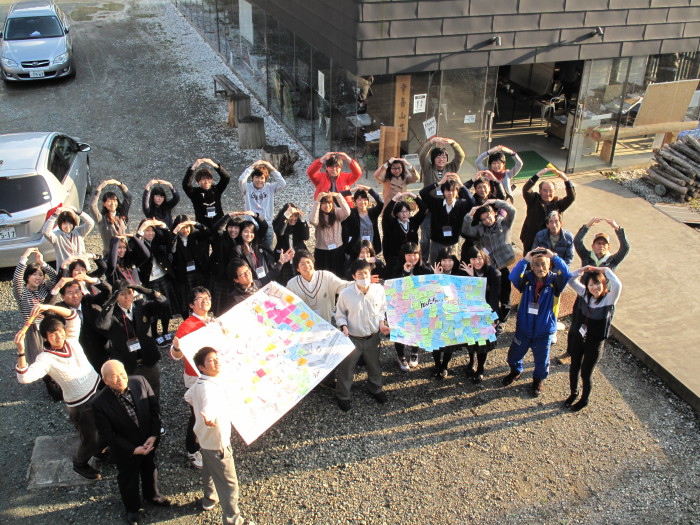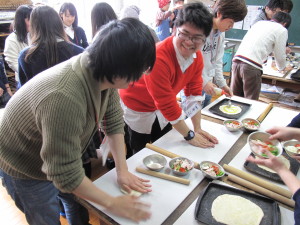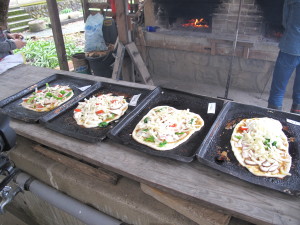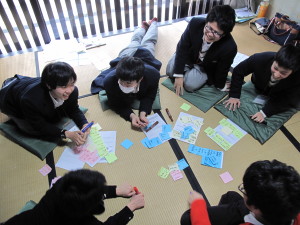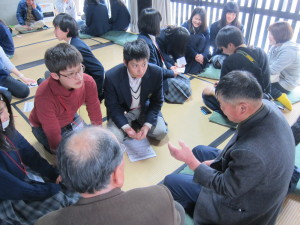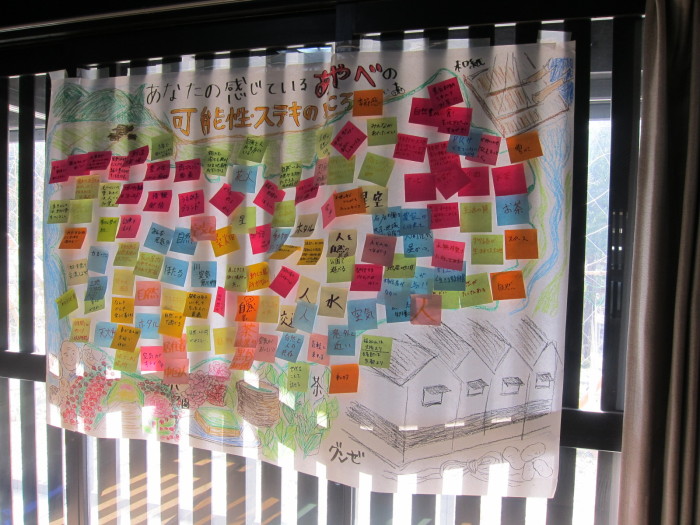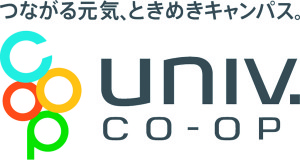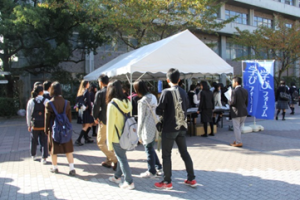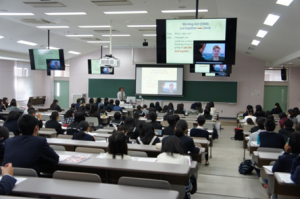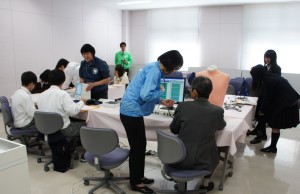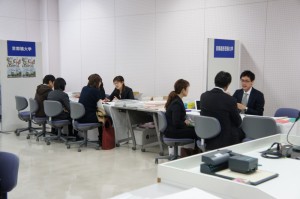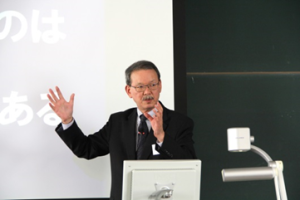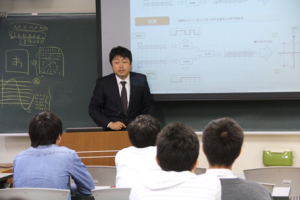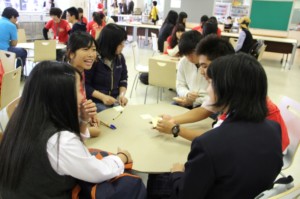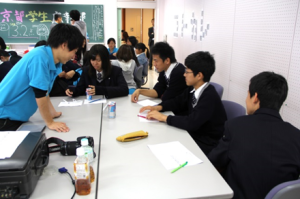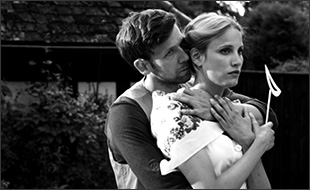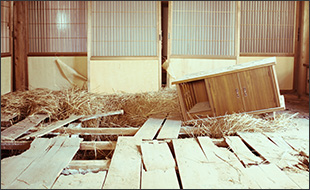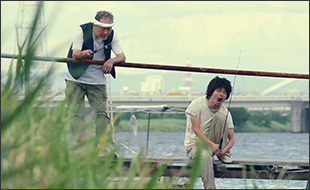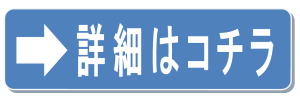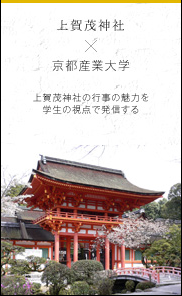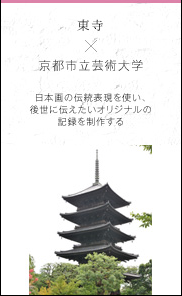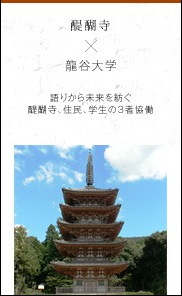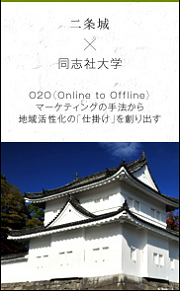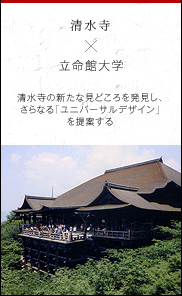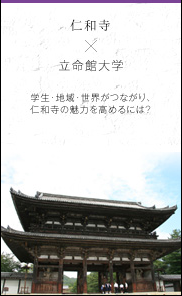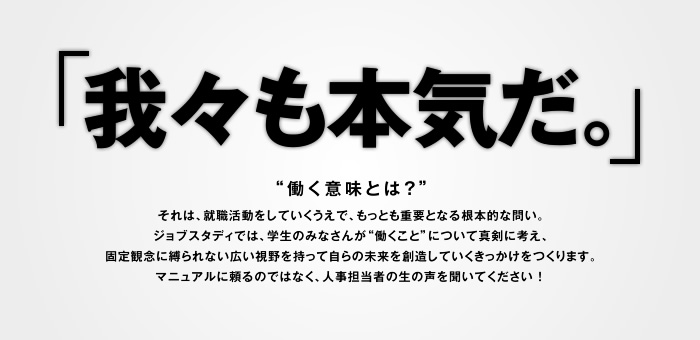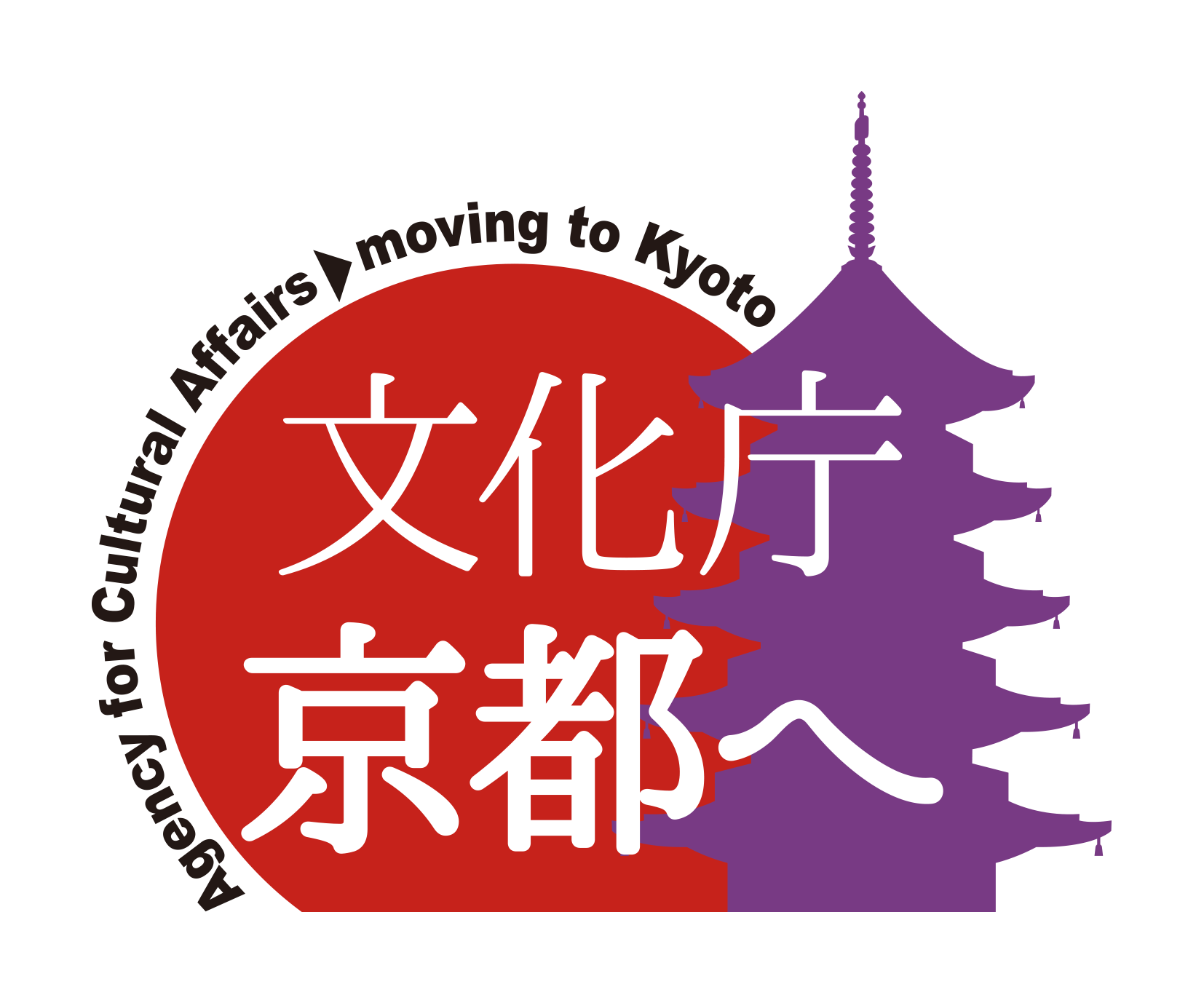On March 12th and 13th, we will hold a two-day joint training program for new faculty FDs (Program B).
Although the program is titled “New Teachers,” there are no restrictions on full-time or part-time work or the number of years of service because the program is useful for faculty at all career stages.
You are also welcome to participate on only one of the two days.
Please use it as a place to exchange faculty members of universities in the Kyoto area.
FY2015 FD Joint Training Program for New Teachers (Program B)
Date: Saturday, March 12, 2016 13:00~17:00
Sunday, March 13, 2016 9:30~17:00
Venue: Campus Plaza Kyoto [Access]
Target: Faculty members of the University Consortium Kyoto and junior colleges
* Full-time or part-time, and the number of years of work does not matter
Participation fee: ¥ 1,000 (uniform regardless of the number of days of participation)
* Please pay the participation fee at the reception on the day of the event.
Contents: Information pamphlet flyer [Click here for details]
| program | |
| Day 1 (3/12) 13:00~17:00 |
1. Kyoto’s university city Kyoto Lecturer: Hiroshi Kurita (Deputy Secretary-General, University Consortium Kyoto) |
| 2. Workshops for grading Lecturer: Mr. Katsuhiro Enzuki (Professor, Faculty of Letters, Doshisha University) |
|
| Day 2 (3/13) 9:30~17:00 |
3. Workshops for lesson design 4. Classroom Practical Workshop Lecturer: Yuki Oki (Director/Professor, Center for Education and Learning Support, Ritsumeikan University) |
【2015 New Teacher FD Joint Training Click here for details】
How to apply:
E-mail application: After filling in the following contents,
Please apply to FDRD■consortium.or.jp (Please replace ■ with @)
Subject: Application for New Teacher Training B (Part-time)
Full text: (1) Name (furigana) (2) Name of the university where you work (3) Field of teaching (4) Number of years of teaching
(5) E-mail address (6) Date of participation (e.g., 3/12 only, 3/13 only)
* We will send you an e-mail with information after receiving your application. If you do not receive the email by Thursday, March 10, please contact us at FDRD■consortium.or.jp (please replace ■ with @).
Please apply to the department in charge of your university or junior college
Application Deadline: Monday, March 7, 2016
Contact:
University Consortium Kyoto FD Project
TEL 075-353-9163 FAX 075-353-9101
〒600-8216 Shimogyo-ku, Kyoto-shi, Nishitoin-dori, Shiokoji, Shimo-ku, Kyoto, Campus Plaza Kyoto
* Reception hours: Tuesday ~ Saturday 9:00 ~ 17:00 (excluding year-end and New Year holidays)














